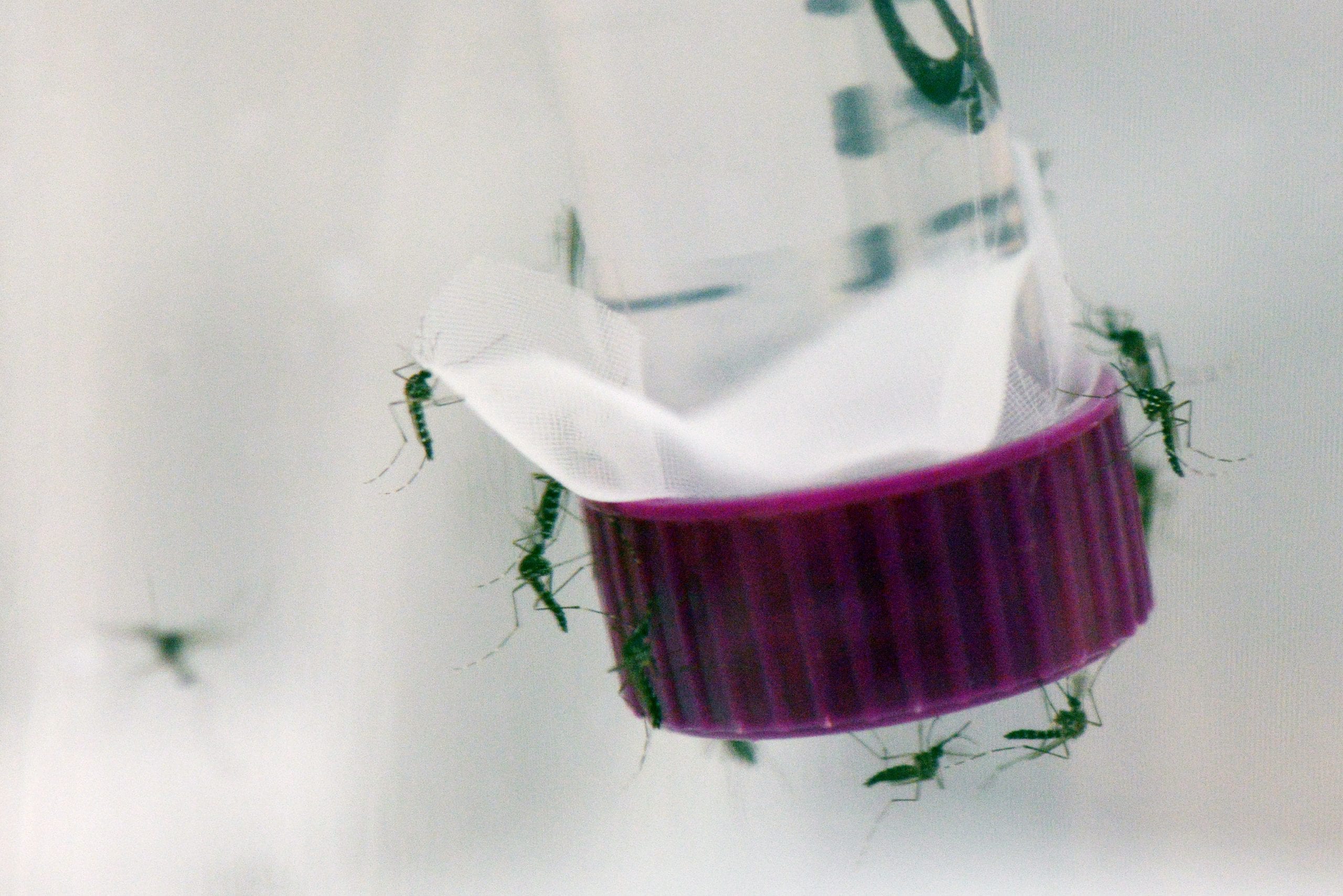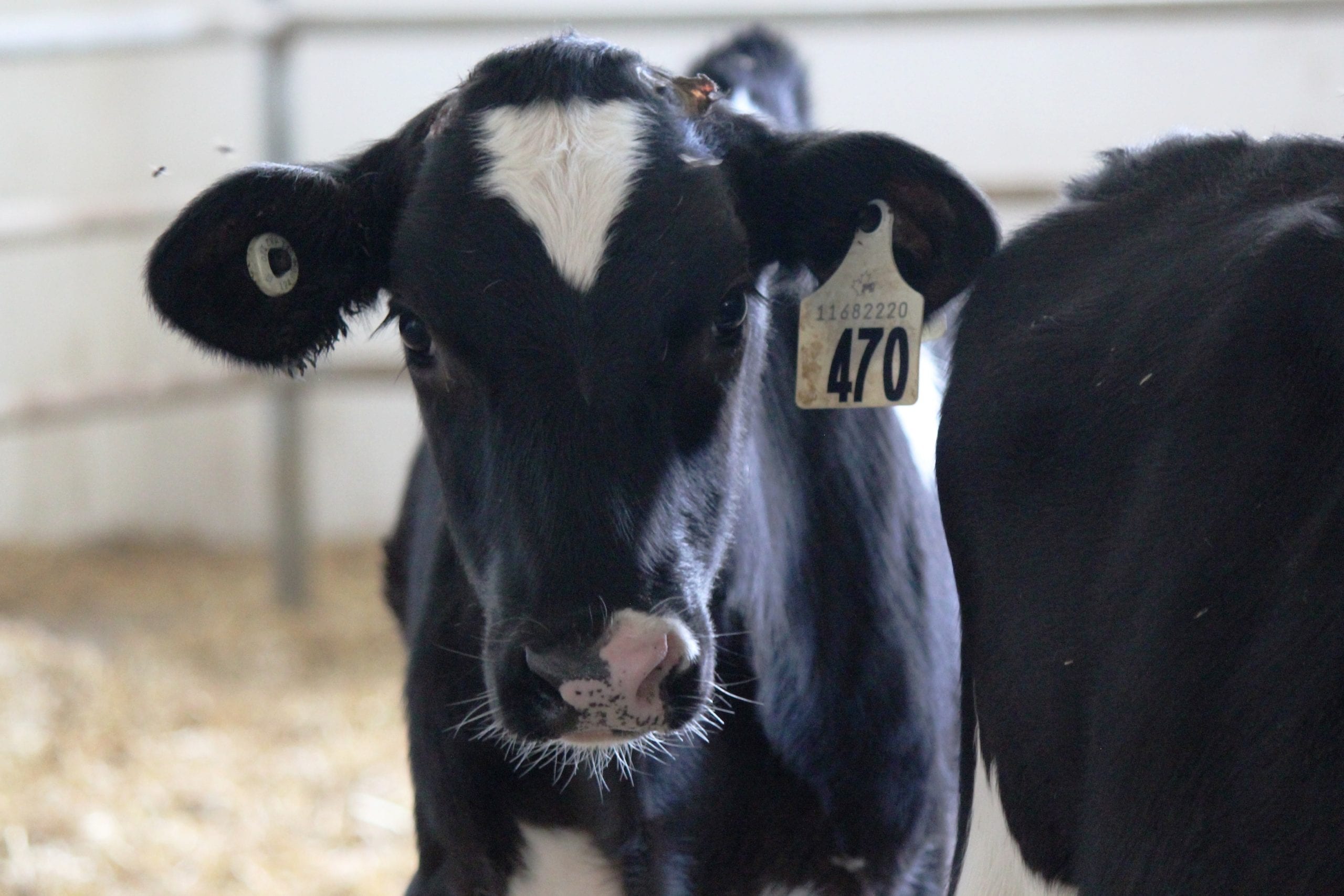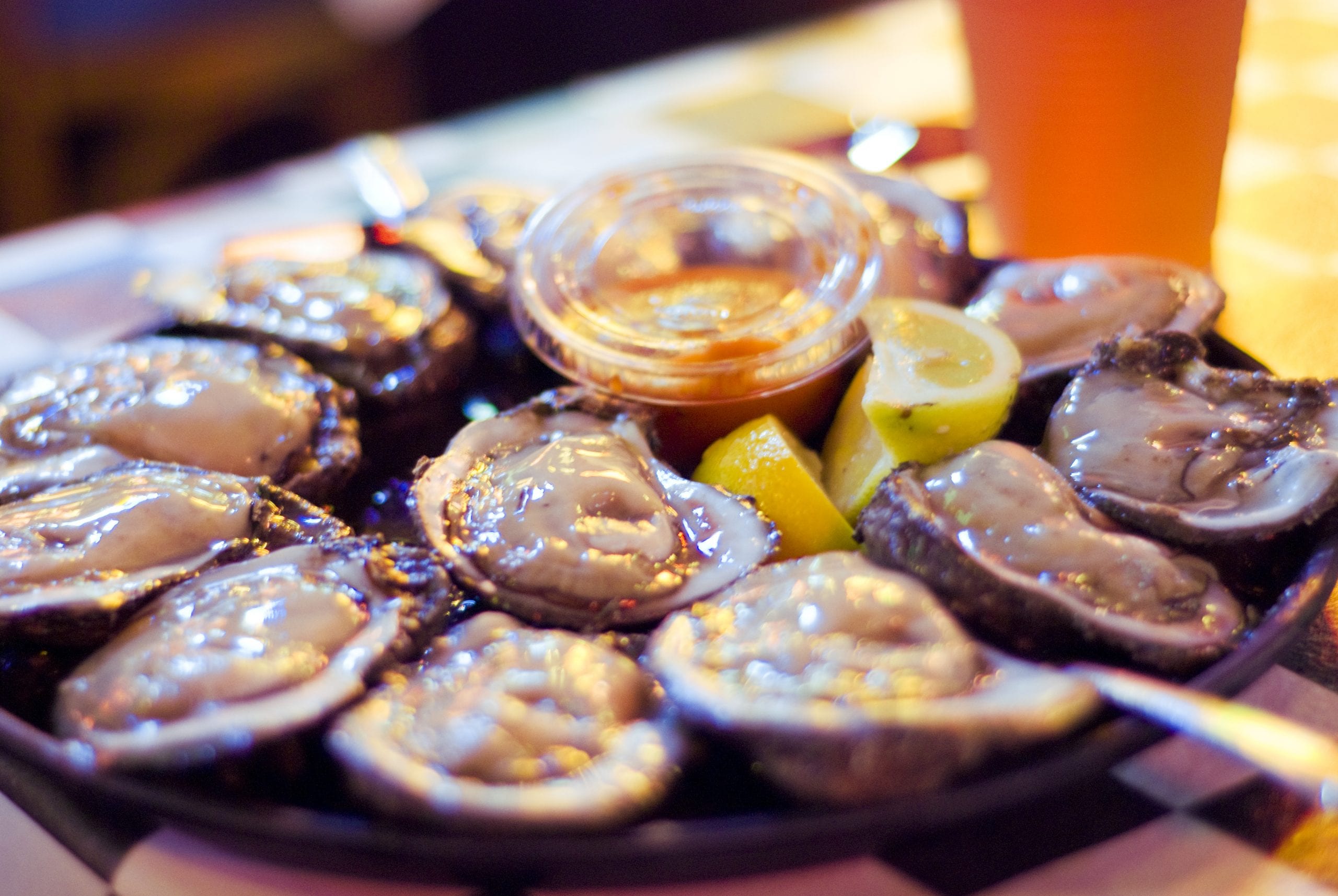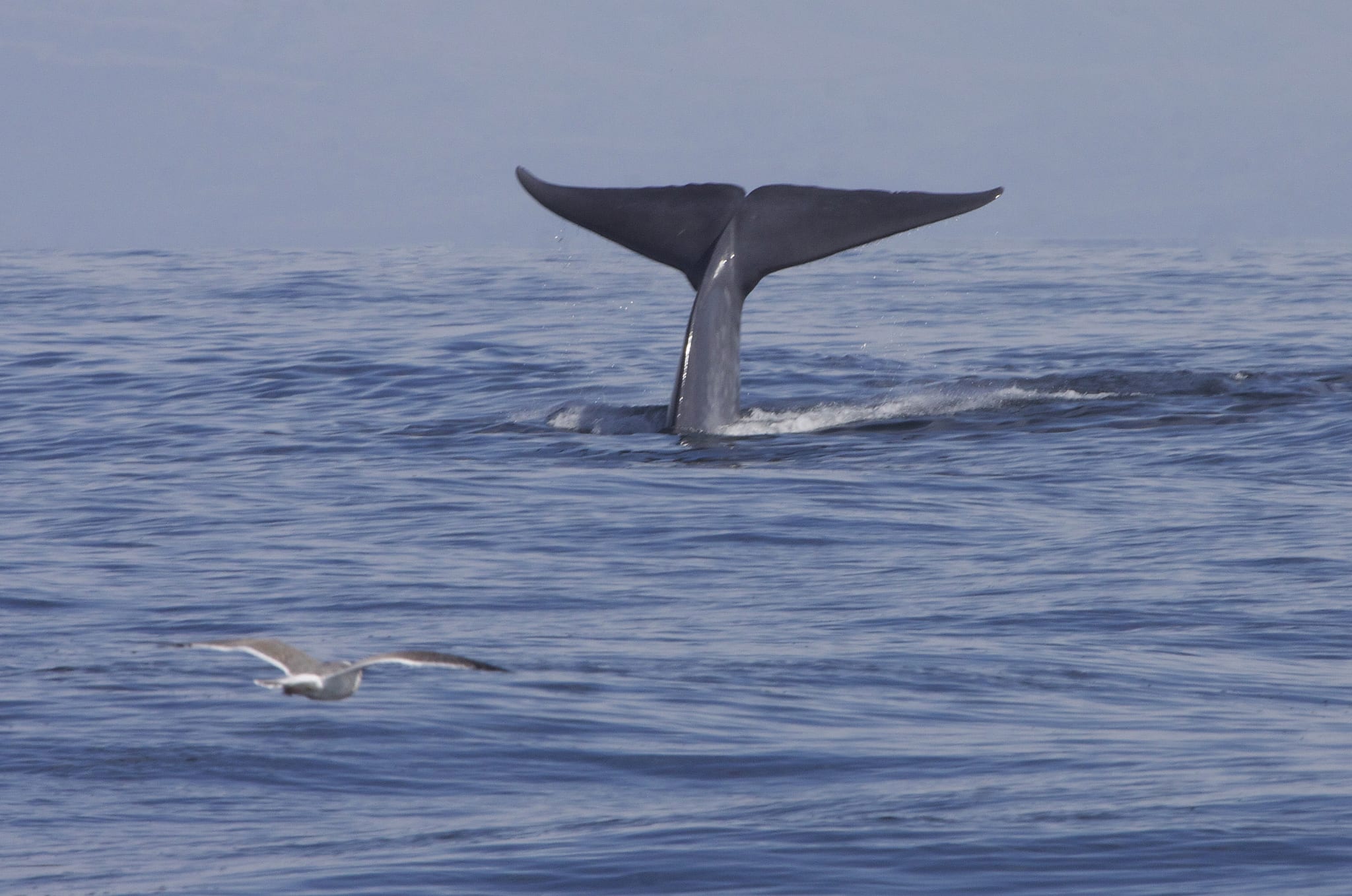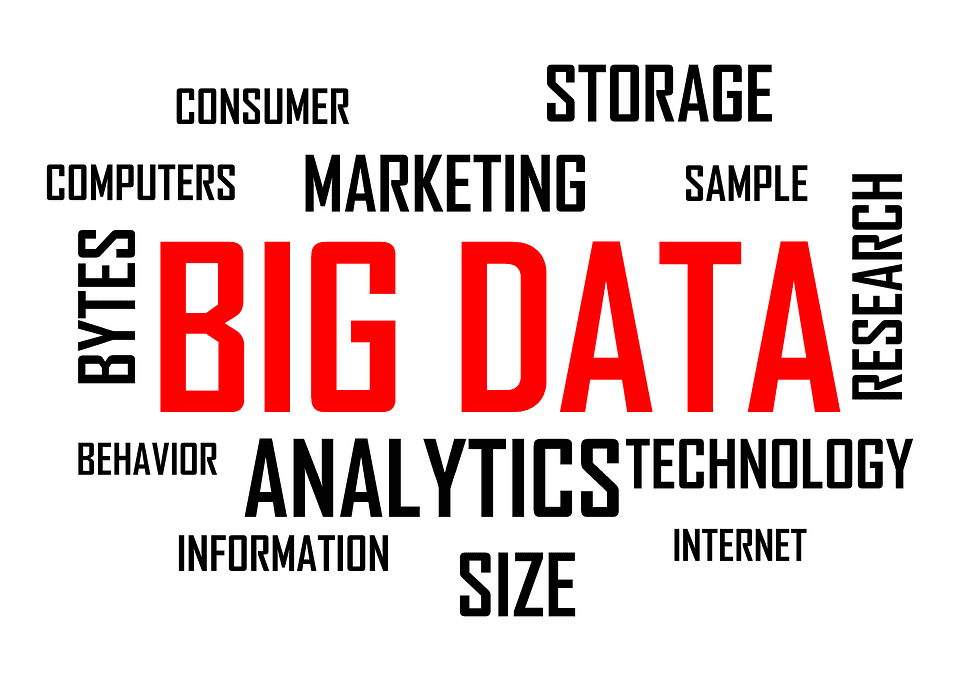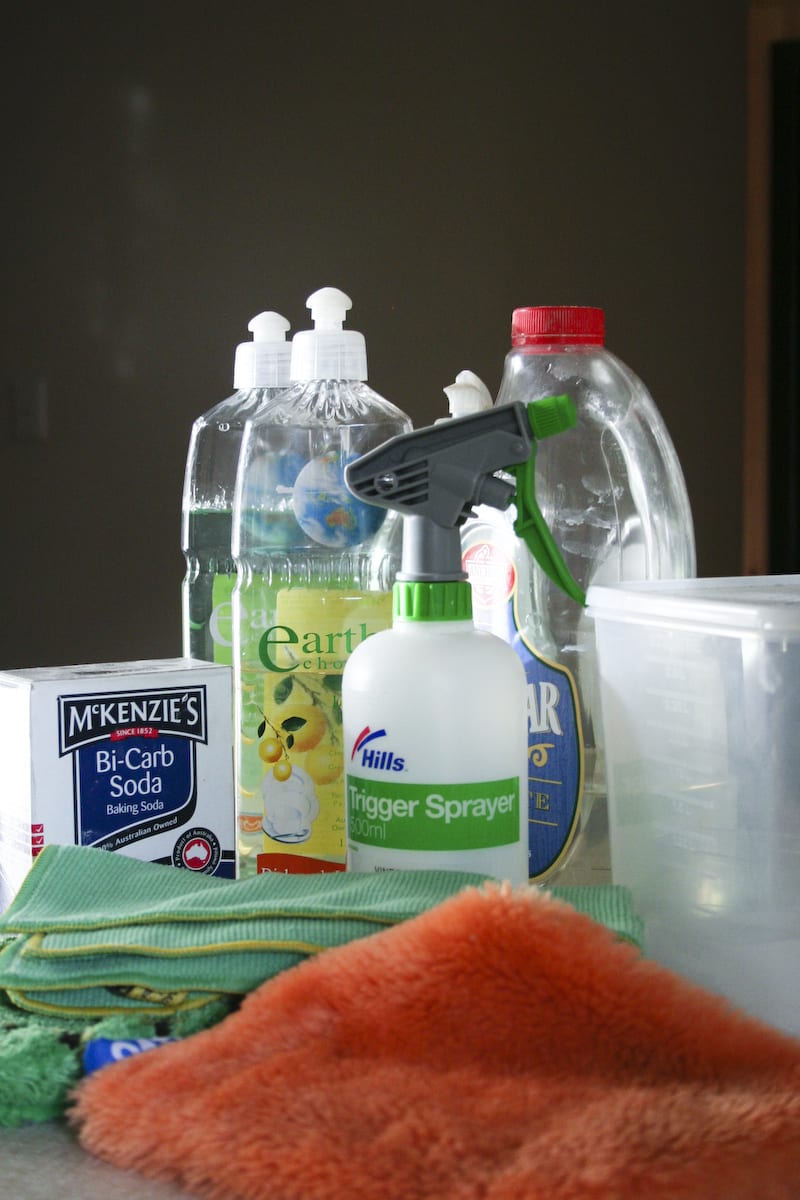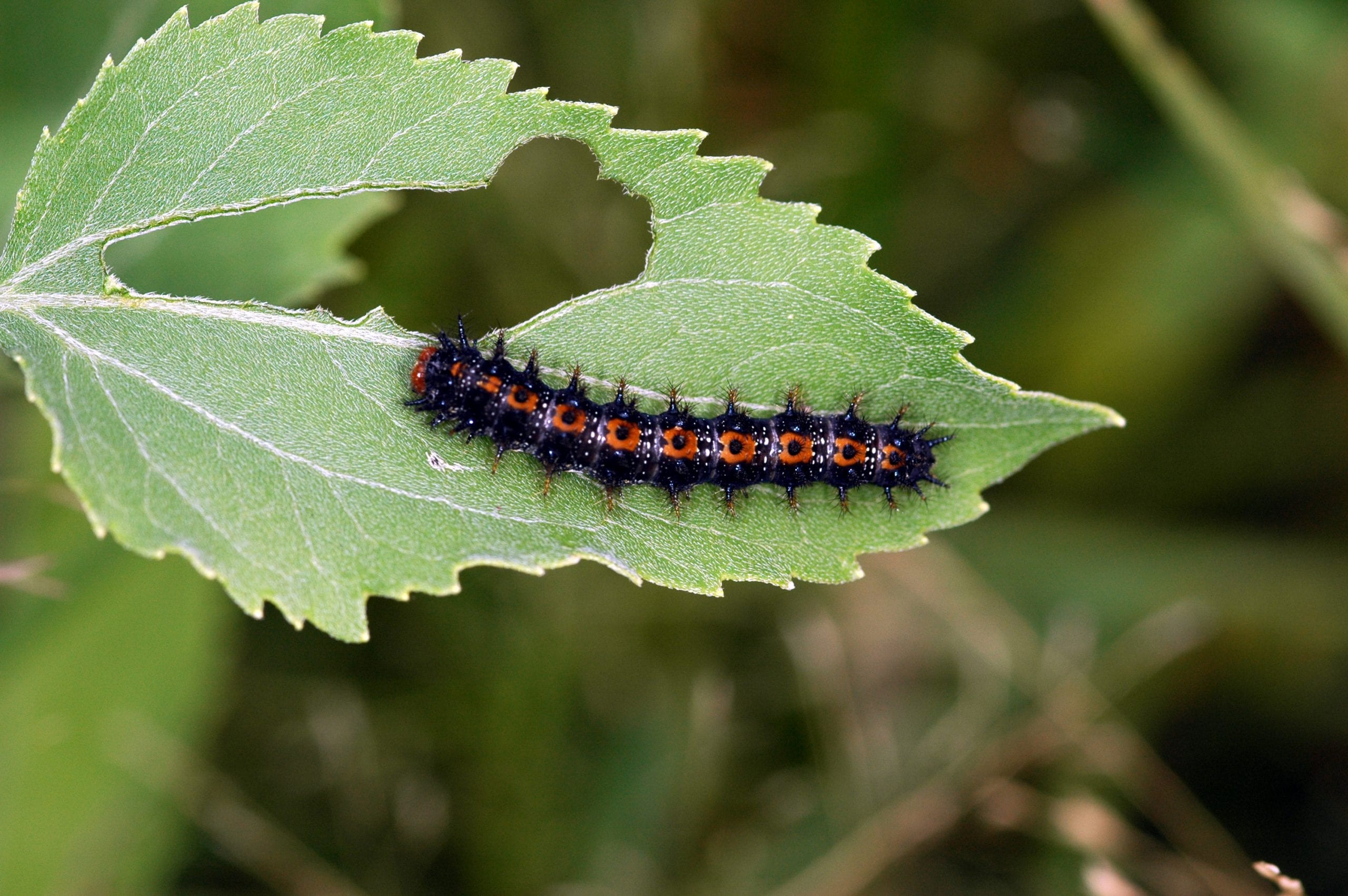
A Bad Year for Bugs – The Importance of Cold Winters for Insect Control
“It's going to be a bad year for bugs.†Last month, I was frequently reminded of this expression as a seemingly endless supply of caterpillars feasted happily on the sunflowers from our most recent study. We were in a month-long, losing battle against these numerous and voracious critters! For the past year and a half,

